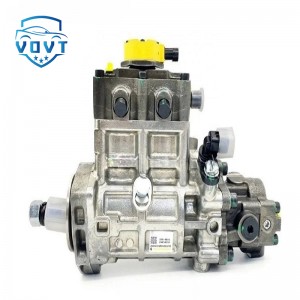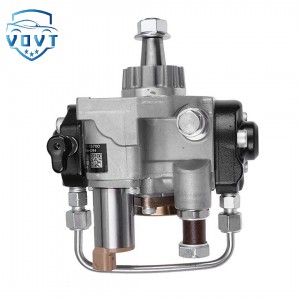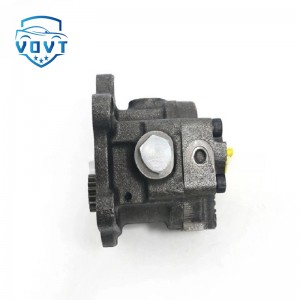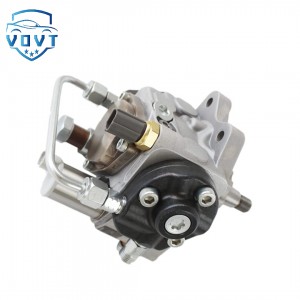Diesel Fuel Injection Pump 294000-0560 Engine Auto Engine Part
products description
| Reference Code | 294000-0560 |
| MOQ | 1 PCS |
| Certification | ISO9001 |
| Place of Origin | China |
| Packaging | Neutral packing |
| Quality Control | 100% tested before shipment |
| Lead time | 7~15 working days |
| Payment | T/T, Western Union, Money Gram, Paypal, Alipay, Wechat |
CFD-Based Internal Flow Field Simulation and Performance Prediction of Oil Pumps
Computational Fluid Dynamics (CFD) has become an indispensable tool for optimizing oil pump design and predicting performance, addressing the limitations of traditional experimental methods—such as high costs and difficulty in capturing transient flow details. Oil pumps, critical for lubrication and fuel supply in engines and hydraulic systems, rely on stable internal flow to deliver consistent pressure and flow rate. CFD enables quantitative analysis of complex flow phenomena inside pumps, laying the foundation for performance enhancement.
The core of CFD-based internal flow simulation lies in accurately modeling the pump’s flow domain and boundary conditions. For gear pumps or piston pumps, the flow domain includes key components like gear tooth gaps, piston chambers, and inlet/outlet channels. Researchers typically use unstructured grids to discretize irregular geometries (e.g., 0.1–1 mm grid size in high-gradient regions like tooth meshing zones) and adopt turbulence models such as the Realizable k-ε or SST k-ω to capture turbulent flow—critical for predicting pressure losses and flow instability. Boundary conditions are set to mimic real operating scenarios: inlet pressure (e.g., 0.1 MPa for atmospheric conditions), outlet mass flow rate, and rotational speeds (1000–3000 rpm for automotive oil pumps).
CFD simulations reveal key flow characteristics that directly impact pump performance. For instance, in gear pumps, CFD can identify “trapped oil” phenomena in meshing zones—where oil is compressed, leading to pressure spikes (up to 5 MPa) that cause noise and wear. By adjusting gear profile parameters (e.g., modifying tooth addendum coefficient) based on CFD results, trapped oil volume can be reduced by 20–30%, lowering pressure fluctuations. In piston pumps, CFD predicts internal leakage through piston-cylinder gaps, which accounts for 5–15% of flow loss. Simulations show that optimizing gap size (e.g., reducing from 0.05 mm to 0.03 mm) or applying coating technologies can cut leakage by 40%.
Beyond flow analysis, CFD enables reliable performance prediction. By post-processing simulation data, parameters like volumetric efficiency (ηv), hydraulic efficiency (ηh), and total efficiency (ηtotal) can be calculated. For example, CFD predictions of ηv for a variable displacement piston pump show a maximum deviation of only 3–5% compared to experimental data, validating its accuracy. This allows engineers to predict pump performance under different operating conditions (e.g., varying speeds or loads) without physical prototypes, shortening the design cycle by 30–40%.
In summary, CFD-based internal flow simulation provides deep insights into oil pump flow behavior, enabling targeted design improvements and accurate performance prediction. Future trends will focus on coupling CFD with multi-physics models (e.g., flow-structure interaction) to address issues like component deformation under high pressure, further advancing pump design optimization.
Write your message here and send it to us



























